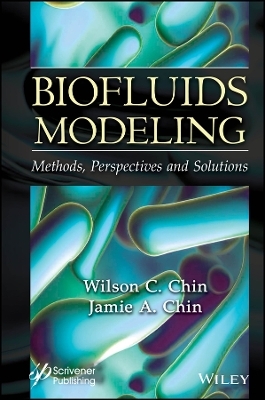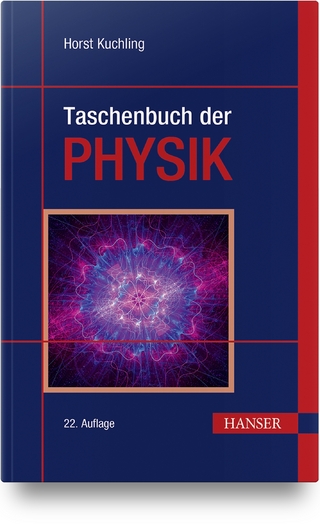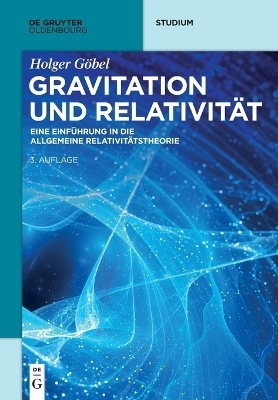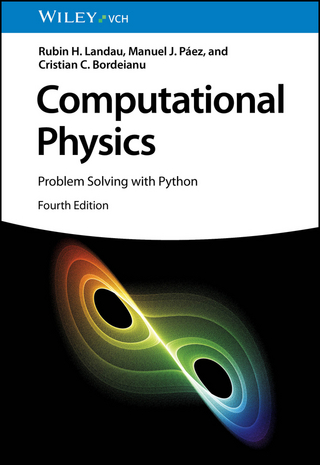
Biofluids Modeling
Wiley-Scrivener (Verlag)
978-1-119-91042-8 (ISBN)
- Titel ist leider vergriffen;
keine Neuauflage - Artikel merken
This book introduces new methods for biofluids modeling and biological engineering. The foregoing subjects are treated rigorously, with all modeling assumptions stated and solutions clearly derived. But that’s not all. Key supporting physics-based ideas, algorithmic details, and software design interfaces are equally emphasized, in order to support our overriding objective of getting the anatomical and clinical information that physicians need.
Importantly, this volume provides a self-contained exposition that includes all required biological concepts, plus the background preparation needed in fluid mechanics, basic differential equations, and modern numerical analysis. The presentation style will appeal to medical practitioners, researchers, biomedical engineers, and students interested in quantitative fluid flow modeling, as well as engineering students eager to learn about advances in a rapidly growing and changing biological science. As such, the book represents “must-reading” suitable at the advanced undergraduate level, and motivated readers should be able to embark on related research following guided study.
Wilson C. Chin, PhD, has published over twenty books with Wiley-Scrivener and other leading book publishers, more than one hundred papers for scientific and scholarly journals, and holds four dozen patents. He is the recipient of five awards from the United States Department of Energy in fluid and computational physics, and he has developed engineering flow simulation models for numerous Fortune 500 companies. Jamie A. Chin, a biologist affiliated with the Beijing International School, is expanding her research interests, recently publishing innovative biofluids approaches that model complicated clotting effects in non-circular distorted blood vessels and complex multi-branched arterial systems.
Preface xv
Acknowledgements xix
Dedication xxi
1 Fluid Physics in Circulatory Systems – Problems, Analogies and Methods 1
1.1 Basic Biological Notions and Fluid-Dynamical Ideas 3
1.2 Quantitative Modeling Perspectives 16
1.3 Preview of Complicated but Simple Boundary Value Problem Solutions 24
1.4 References 27
2 Math Models, Differential Equations and Numerical Methods 29
2.1 Presentation Approach 31
2.2 Diffusion Processes, Partial Differential Equations and Formulation Development 34
2.3 Boundary-Conforming Curvilinear Grid Generation 41
2.4 Finite Difference Solutions Made Easy – Iterative Methods, Programming and Source Code Details 63
2.5 References 98
3 Hagen-Poiseuille Extensions – Real Flow Effects and General Bifurcations 100
3.1 Blood Rheology and Overview 101
3.2 Newtonian Flow in Simple Bifurcations 112
3.3 Theory – Complicated Arteries with Chained Bifurcations 120
3.4 Network with Arbitrary Number of Bifurcations 122
3.5 Bifurcated Newtonian Flow in Noncircular Clogged Blood Vessels 123
3.6 References 125
4 Non-Newtonian Flow in Circular Conduits and Networks 127
4.1 Power Law Fluids with Inlet Flow Rate Prescribed 130
4.2 Herschel-Bulkley Fluids and Yield Stress 141
4.3 Newtonian and Herschel-Bulkley Examples 149
4.4 References 154
5 Flows in Clogged Arteries and Veins 155
5.1 Hagen-Poiseuille Revisited – Rectangular Coordinates 157
5.2 Non-Newtonian Power Law Circular Pipe Flow in Rectangular Coordinates 164
5.3 Clinical Implications for Pressure Gradient and Viscous Shear Stress 167
5.4 Evolutionary Approaches for Complicated Geometries 168
5.5 A Detailed Clog Flow Computation 175
5.6 References 182
6 Square Stents, Centrifugal Effects, Pulsatile Flow, Clogged Bifurcations and Axial Variations 183
6.1 Stent Geometry Effects on Volume Flow Rate 183
6.2 General Formulations and Solutions for Complicated Geometries and Arbitrary Fluids 200
6.3 Centrifugal Force Influence on Volume Flow Rate 204
6.4 Unsteady Pulsatile Flow Model for Complicated Duct Cross-Sections 214
6.5 Bifurcated Conduits with Newtonian Flow in Clogged Geometric Cross-sections 220
6.6 Modeling Axial Variations with Pseudo-Three- Dimensional Method 221
6.7 Modeling Transient Wall Effects 223
6.8 Steady Bifurcated Newtonian Flows With Arbitrary Clogs, A Numerical Example 225
6.9 References 233
7 Tissue Properties from Steady and Transient Syringe Pressure Analysis 234
7.1 Importance of Compressibility, Permeability, Anisotropy, Pressure and Porosity in Medical Applications 236
7.2 Geoscience Perspectives and Background 246
7.3 Formation Testing in Petroleum Well Logging 249
7.4 Operational Guidelines to Biofluids Pressure Testing 255
7.5 Intelligent Syringe Fundamentals 263
7.6 Mathematical Models for Porous Media Flow 286
7.7 References 374
8 Artery, Capillary and Vein Interactions in Anisotropic Heterogeneous Porous Tissue Flows 380
8.1 Qualitative Review of the Circulatory System 383
8.2 Porous Media Flows in the Geosciences and in Biofluids Applications 389
8.3 Electrical and Biological Analogies 393
8.4 References 407
9 Geoscience Ideas in Biofluids Modeling 408
9.1 Multisim Background and Biofluids Applications 414
9.2 Running Multisim 421
9.3 Closing Remarks 447
9.4 References 449
Cumulative References 450
About the Authors 460
Index 461
| Erscheinungsdatum | 25.11.2023 |
|---|---|
| Sprache | englisch |
| Gewicht | 59 g |
| Einbandart | gebunden |
| Themenwelt | Naturwissenschaften ► Physik / Astronomie |
| Technik ► Maschinenbau | |
| ISBN-10 | 1-119-91042-0 / 1119910420 |
| ISBN-13 | 978-1-119-91042-8 / 9781119910428 |
| Zustand | Neuware |
| Informationen gemäß Produktsicherheitsverordnung (GPSR) | |
| Haben Sie eine Frage zum Produkt? |
aus dem Bereich


